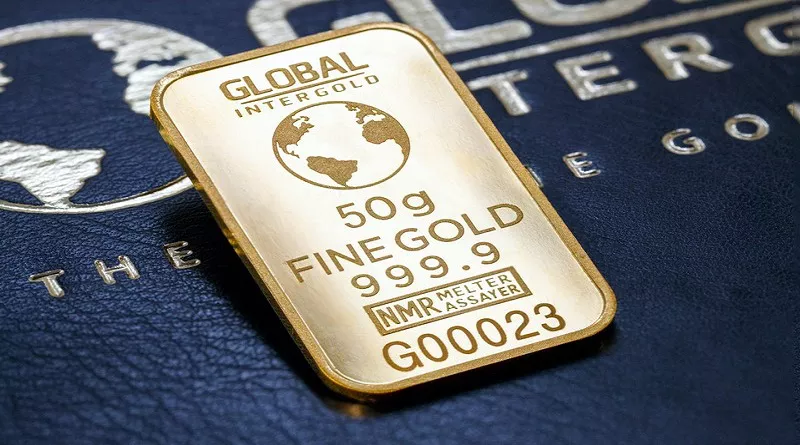Gold (XAU/USD) has staged a recovery after a three-day decline that brought prices to a four-week low. The bounce follows heightened demand for safe-haven assets as investors become increasingly concerned about global economic uncertainty. The catalyst for this shift was the recent tariff announcement by US President Donald Trump, which has sparked fears of an impending global trade war. In response to these economic concerns, investors have turned to gold as a safe-haven asset. Additionally, expectations of multiple interest rate cuts by the US Federal Reserve in 2025 have weakened the US Dollar, further boosting gold’s appeal.
Geopolitical Tensions and Fed Policy Shape Gold’s Strength
Gold prices have demonstrated resilience, recovering from recent losses, driven by two key factors: geopolitical tensions and expectations surrounding US monetary policy.
President Trump’s tariff announcement last week sent shockwaves through global markets, prompting investors to brace for potential recessionary pressures. Historically, gold has been considered a safe-haven asset during times of economic uncertainty, and this trend has continued. As fears of a global trade war grow, the demand for gold has surged, with the precious metal benefiting from its status as a non-yielding, inflation-resistant asset.
At the same time, traders are betting that the Federal Reserve will implement interest rate cuts this year. With inflation data remaining steady and global economic conditions volatile, many expect the Fed to act sooner rather than later. Lower interest rates make holding gold more attractive by reducing the opportunity cost of non-interest-bearing assets. Moreover, the weakening of the US Dollar has further increased gold’s appeal.
Technical Analysis: Gold Faces Resistance After Strong Rebound
Technically, gold’s recent price action tells an interesting story. Since mid-2018, gold has been trending within a well-defined ascending channel, which has acted as a long-term support and resistance zone. Recently, the price broke out of a significant inverse head-and-shoulders pattern, signaling a strong bullish reversal.
Following the breakout, gold prices surged sharply, reaching the upper boundary of a secondary ascending channel. However, a bearish hammer candlestick formed at this point, signaling potential for a reversal. This pattern suggests that while buyers initially pushed prices higher, sellers quickly regained control, closing the week near the opening price.
Currently, with gold priced at approximately $3,038, there is a rejection from the upper trendline of the channel, indicating possible short-term weakness or consolidation. Nonetheless, as long as gold remains above the neckline of the inverse head-and-shoulders pattern around $2,070, the broader bullish trend is intact. Furthermore, the rebound from short-term support at $2,950 is building momentum.
If bearish momentum strengthens, gold could retest lower support levels around $2,600 or even revisit the breakout neckline. However, with the macroeconomic environment still favoring gold, any dips are likely to attract buyers.
Conclusion
Gold prices continue to benefit from a combination of global economic uncertainty and dovish expectations for US monetary policy. The technical outlook suggests a strong uptrend, with potential short-term resistance as indicated by the bearish hammer near the upper boundary of the ascending channel. While a brief correction is possible, the fundamental drivers supporting gold—such as Fed rate cut expectations and ongoing geopolitical tensions—suggest that the long-term outlook remains bullish. Investors may view any pullbacks as a potential buying opportunity in gold’s ongoing rally.

